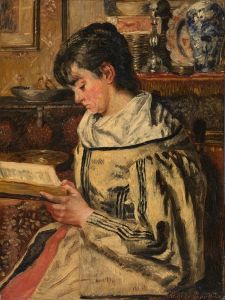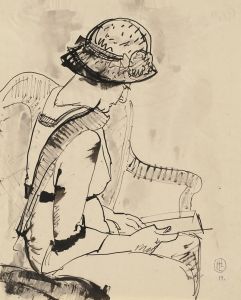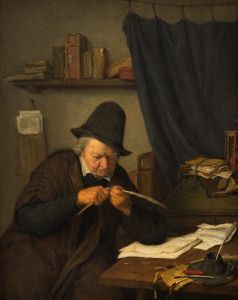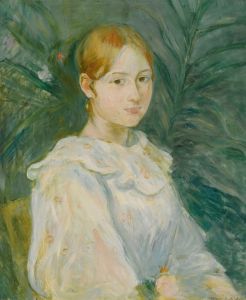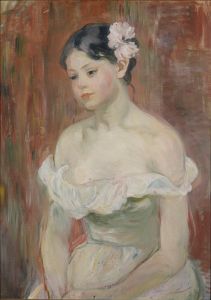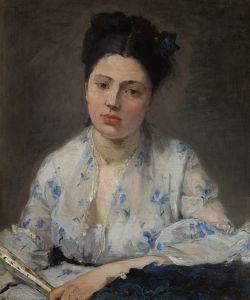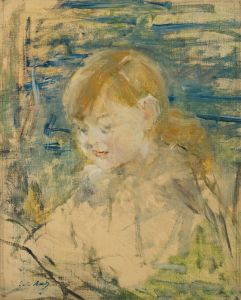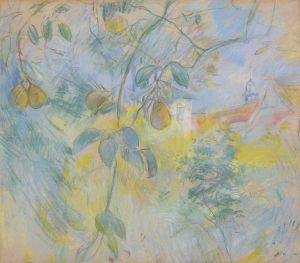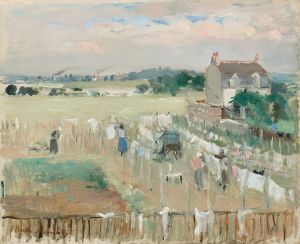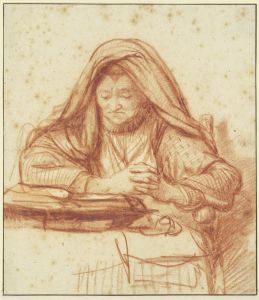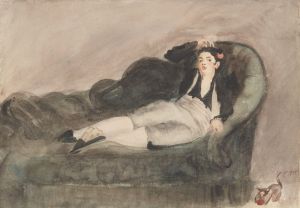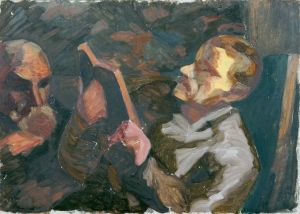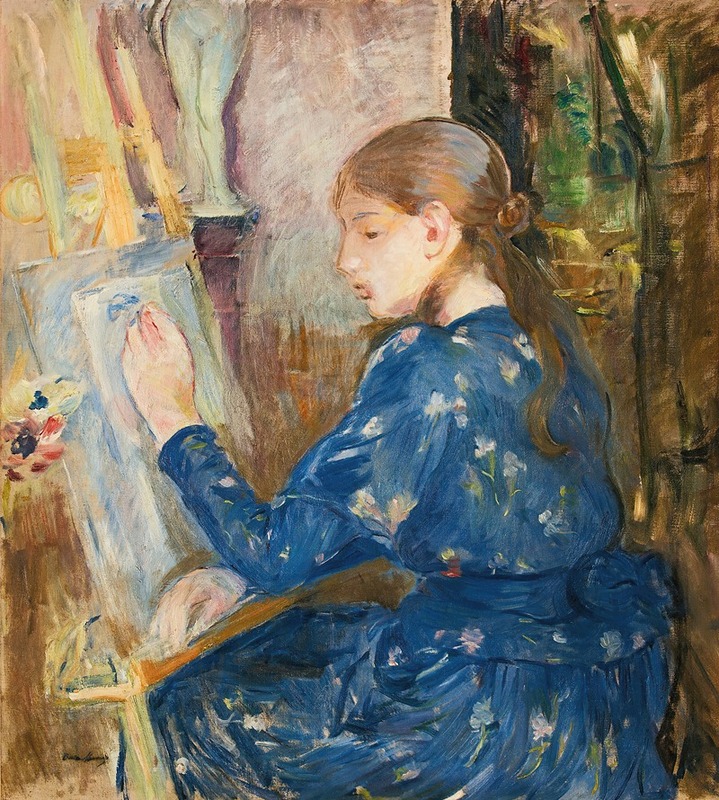
Jeune Fille Écrivant
A hand-painted replica of Berthe Morisot’s masterpiece Jeune Fille Écrivant, meticulously crafted by professional artists to capture the true essence of the original. Each piece is created with museum-quality canvas and rare mineral pigments, carefully painted by experienced artists with delicate brushstrokes and rich, layered colors to perfectly recreate the texture of the original artwork. Unlike machine-printed reproductions, this hand-painted version brings the painting to life, infused with the artist’s emotions and skill in every stroke. Whether for personal collection or home decoration, it instantly elevates the artistic atmosphere of any space.
Jeune Fille Écrivant, translated as "Young Girl Writing," is a painting by the renowned French Impressionist artist Berthe Morisot. Created in 1891, this artwork is a quintessential example of Morisot's skill in capturing intimate and domestic scenes, a hallmark of her artistic oeuvre. Morisot was one of the few prominent female artists associated with the Impressionist movement, and her work often focused on the private lives of women and children, providing a unique perspective within the predominantly male group of Impressionists.
The painting depicts a young girl, seated at a table, engrossed in the act of writing. The setting is likely a domestic interior, a common theme in Morisot's work, which often explored the private and personal spaces of women. The girl's expression is one of concentration, and her posture suggests a sense of immediacy and engagement with her task. Morisot's use of light and color is characteristic of the Impressionist style, with soft, loose brushstrokes that convey a sense of movement and spontaneity. The palette is delicate, with gentle hues that enhance the intimate atmosphere of the scene.
Berthe Morisot was known for her ability to capture the subtleties of light and shadow, and Jeune Fille Écrivant is no exception. The light in the painting appears to be natural, perhaps coming from a nearby window, illuminating the girl's face and the paper she is writing on. This use of light not only highlights the central figure but also adds depth and dimension to the composition.
Morisot's choice of subject matter reflects her interest in the everyday lives of women, a theme that was both personal and revolutionary at the time. As a woman artist in the 19th century, Morisot faced significant challenges in a male-dominated art world. Nevertheless, she carved out a space for herself and other women artists, becoming a central figure in the Impressionist movement. Her work often depicted women in moments of introspection or engaged in domestic activities, challenging traditional representations of women in art.
Jeune Fille Écrivant is a testament to Morisot's ability to convey emotion and narrative through her art. The painting invites viewers to ponder the thoughts and feelings of the young girl, creating a sense of connection and empathy. Morisot's attention to detail, combined with her Impressionist technique, results in a work that is both visually appealing and emotionally resonant.
Today, Berthe Morisot is celebrated as one of the leading figures of Impressionism, and her paintings are held in high regard by art historians and enthusiasts alike. Jeune Fille Écrivant is part of the collection of the Musée Marmottan Monet in Paris, which houses the largest collection of Morisot's works. The museum is dedicated to the Impressionist movement and provides a comprehensive view of Morisot's contributions to the art world.
In summary, Jeune Fille Écrivant exemplifies Berthe Morisot's mastery of the Impressionist style and her focus on the intimate and personal aspects of women's lives. Through her innovative use of light, color, and composition, Morisot created a painting that continues to captivate audiences and affirm her legacy as a pioneering female artist in the Impressionist movement.





